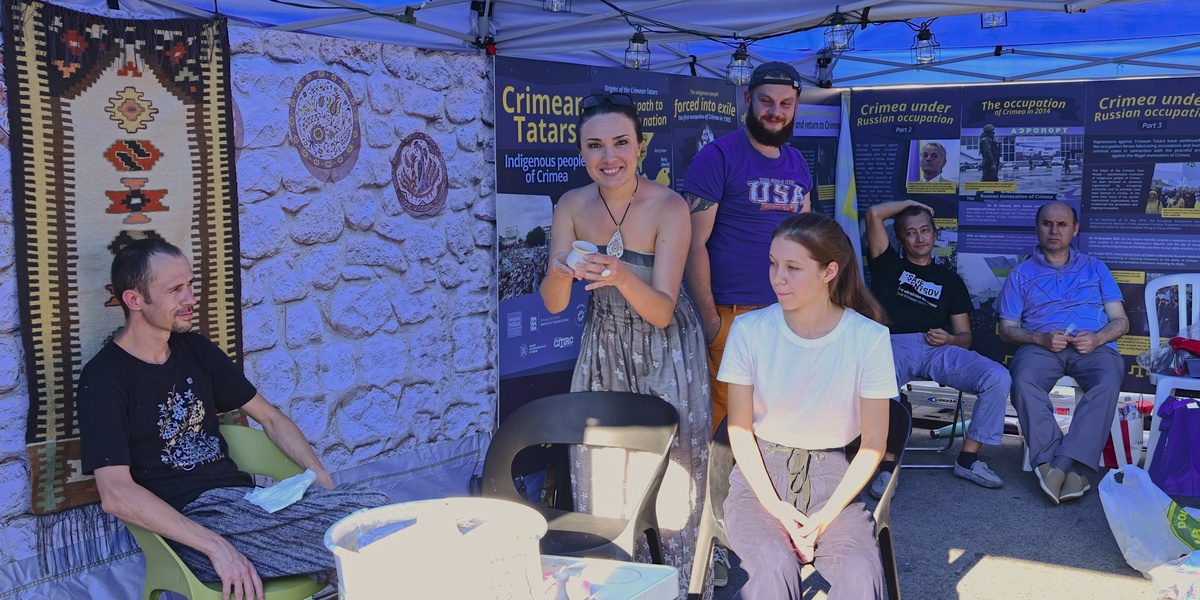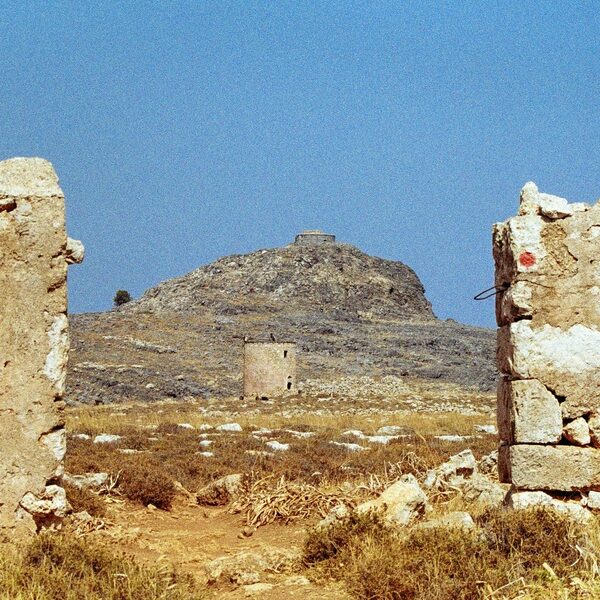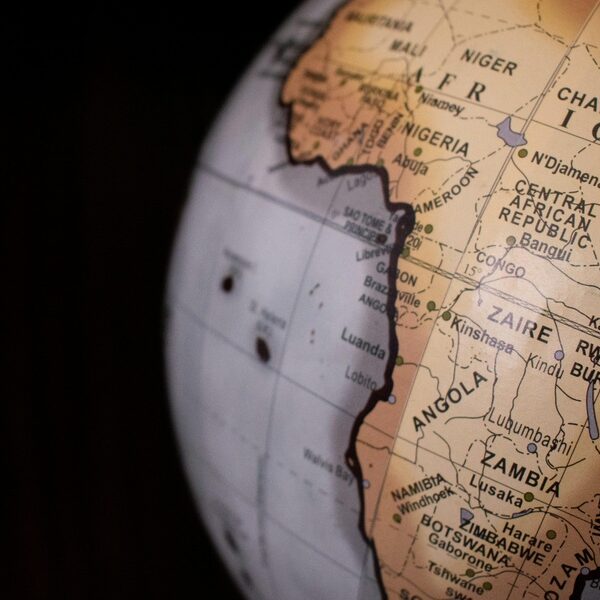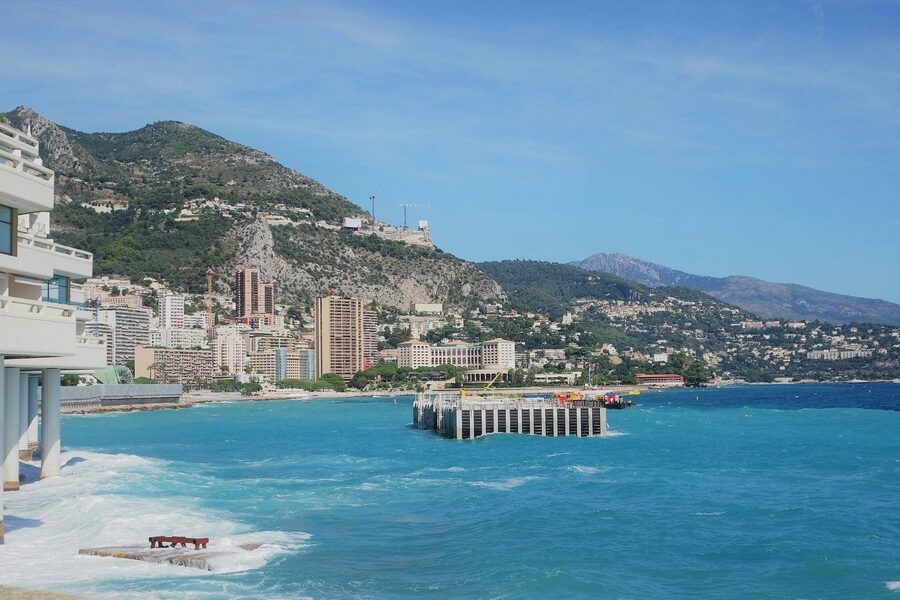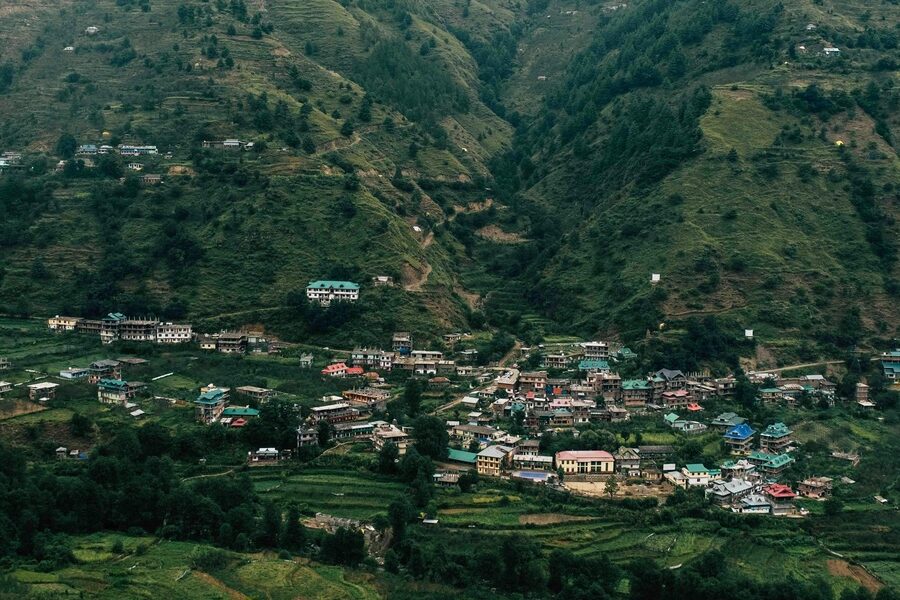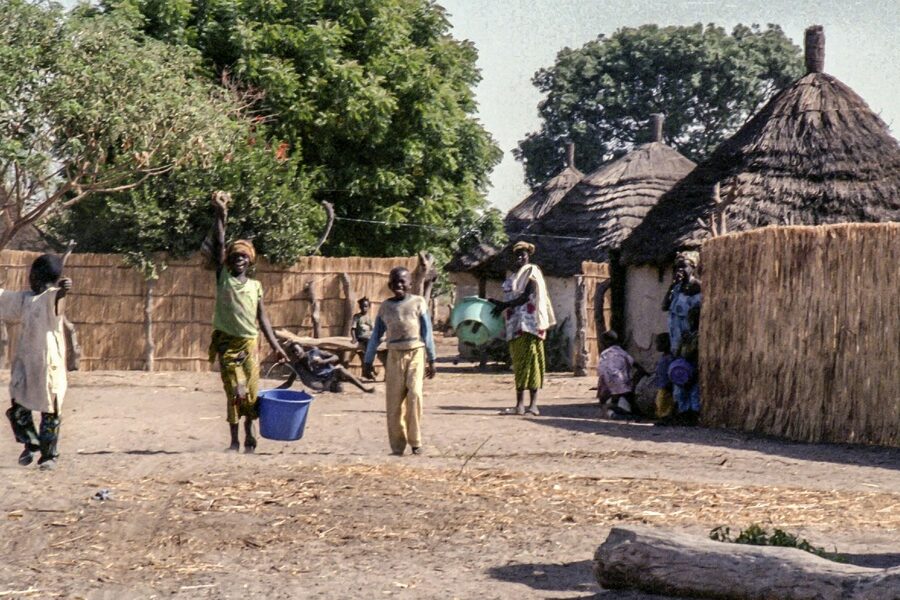Ukraine’s linguistic landscape reflects centuries of shifting borders, trade routes and local communities, so many towns and regions host languages with deep local roots alongside Ukrainian. Understanding these tongues helps reveal cultural ties, migration patterns and regional identities across the country.
There are 12 Indigenous Languages in Ukraine, ranging from Bulgarian to Yiddish. For each language, the entry lists Speakers (estimate, year),Regions,Recognition status — you’ll find below.
How is an “indigenous” language identified in Ukraine?
An indigenous language here is typically one with historical presence in a region tied to a distinct ethnic community, passed across generations and often recognized in local or national law; identification relies on historical records, community self-identification, census data and linguistic research rather than on transient migrant populations.
Where can I verify the speaker numbers and recognition details?
Reliable sources include national census results, academic studies, UNESCO language reports and regional government documents; for up-to-date legal status check ministry publications or official registers and consult recent field surveys or community organizations for more granular speaker estimates.
Indigenous Languages in Ukraine
| Name | Speakers (estimate, year) | Regions | Recognition status |
|---|---|---|---|
| Crimean Tatar | ~250,000 (2015 estimate) | Crimea, Kherson Oblast | Officially recognized indigenous language |
| Karaim | <100 (2010s estimate) | Crimea, Halych | Officially recognized indigenous language |
| Krymchak | <50 (2010s estimate) | Crimea | Officially recognized indigenous language |
| Rusyn | ~10,000 (2001 census) | Zakarpattia Oblast | Recognized regional/minority language |
| Urum | ~1,000-2,000 (2010 estimate) | Donetsk Oblast, Zaporizhzhia Oblast (Pryazovia) | Protected minority language |
| Gagauz | ~23,000 (2001 census) | Odesa Oblast (Budjak region) | Protected minority language |
| Romanian | ~325,000 (2001 census) | Chernivtsi Oblast, Odesa Oblast, Zakarpattia Oblast | Protected national minority language |
| Hungarian | ~150,000 (2001 census) | Zakarpattia Oblast | Protected national minority language |
| Bulgarian | ~134,000 (2001 census) | Odesa Oblast (Budjak region), Zaporizhzhia Oblast | Protected national minority language |
| Romani | ~40,000 (2010 estimate) | Zakarpattia Oblast, Odesa Oblast, across Ukraine | Protected national minority language |
| Yiddish | <1,500 (2010s estimate) | Kyiv, Odesa, Chernivtsi, and other cities | Protected national minority language |
| Polish | ~19,000 (2001 census) | Lviv Oblast, Zhytomyr Oblast, Khmelnytskyi Oblast | Protected national minority language |
Images and Descriptions
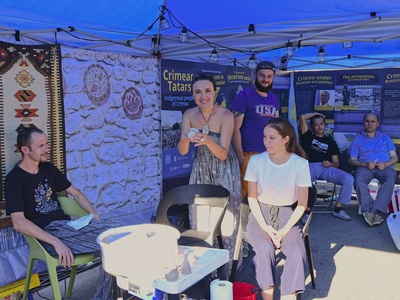
Crimean Tatar
A Turkic language of the Crimean Tatar people, native to the Crimean Peninsula. It is severely endangered according to UNESCO. Recent political events have further complicated its status and efforts to preserve and revive it.

Karaim
A critically endangered Turkic language of the Karaite people, an ethnoreligious group native to Crimea. With only a handful of fluent speakers remaining, it is on the verge of extinction despite efforts to document and revive it.
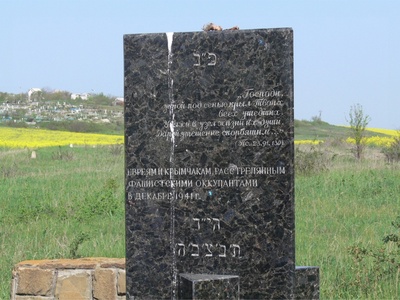
Krymchak
A critically endangered Judeo-Turkic language spoken by the Krymchaks, an ethnoreligious Jewish community from Crimea. The Holocaust devastated the speaker community, and today only a few elderly speakers remain.
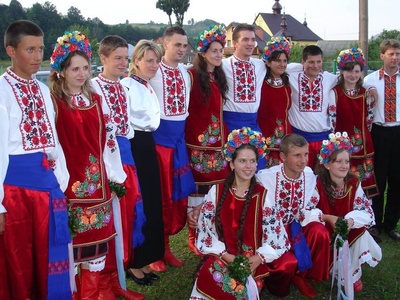
Rusyn
An East Slavic language spoken in the Carpathian mountains. Its status as a distinct language or a dialect of Ukrainian is a subject of political and scholarly debate. UNESCO lists it as an endangered language.
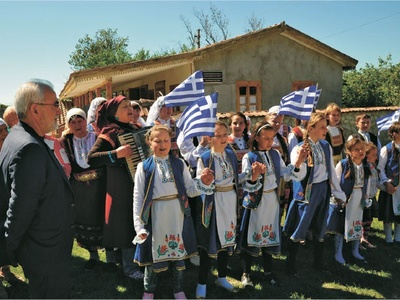
Urum
A Turkic language spoken by the Urum people, a group of Hellenic (Greek) origin in the Azov Sea region. It is distinct from Modern Greek and is severely endangered, with most Urums now speaking Russian.
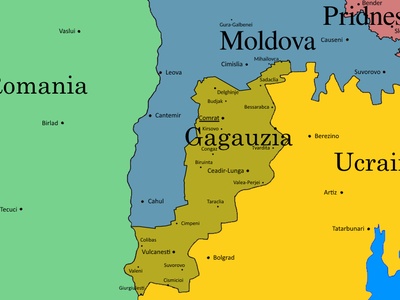
Gagauz
A Turkic language spoken by the Gagauz people, an Orthodox Christian community primarily in the Budjak region of southern Ukraine and Moldova. It is listed by UNESCO as a vulnerable language.

Romanian
A Romance language spoken by long-established communities in western and southern Ukraine. The distinction between “Romanian” and “Moldovan,” often used in official data, is considered primarily political, not linguistic, as both refer to the same language.
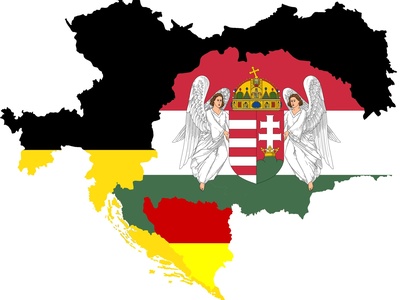
Hungarian
Spoken by the Hungarian minority concentrated in Zakarpattia Oblast, a region with deep historical ties to Hungary. The language is widely used in local education, media, and daily life within the community.

Bulgarian
Spoken by the Bessarabian Bulgarian communities who settled in southern Ukraine in the 18th and 19th centuries. They have preserved their language and culture, especially in the Budjak region and around the Sea of Azov.
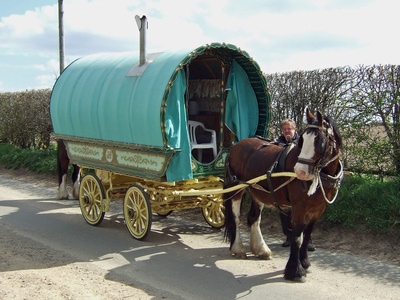
Romani
An Indo-Aryan language spoken by the Roma people, who have lived in Ukraine for centuries. Several dialects exist, with Carpathian Romani being prominent. It is considered an endangered language in Europe due to assimilation and lack of institutional support.

Yiddish
The historical language of Ashkenazi Jews, once spoken by millions in Ukraine. Devastated by the Holocaust and assimilation, it is now severely endangered, spoken by a small, mostly elderly population in scattered communities.

Polish
The language of the Polish minority, concentrated in western and central regions that were historically part of the Polish-Lithuanian Commonwealth. Speaker numbers have declined, but the language maintains cultural significance and community ties.

